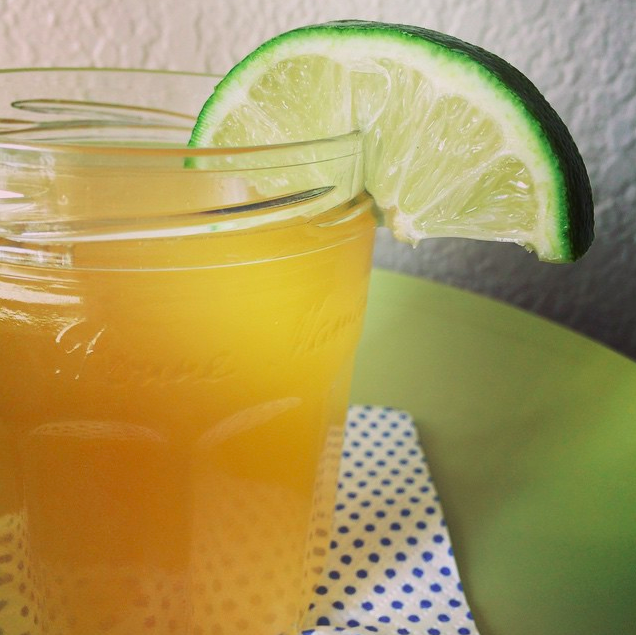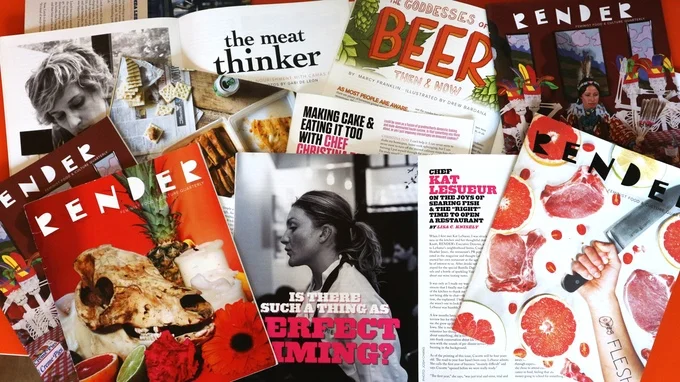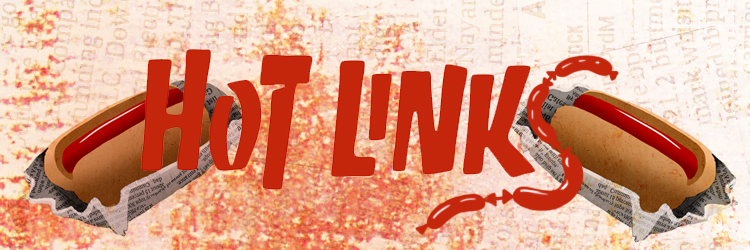

In each monthly installment of Bender, Caroline Ferguson will explore the social, cultural, and historical context of a single cocktail or boozy beverage. From settling which country lays claim to Pisco, to exploring the Carthusian Monks’ Chartreuse caves, Caroline will try to track down all the places your drink has been before it gets in your glass—always ending with a recipe of her own creation. Pull up a chair and a glass.
Before you can talk about the history of ginger beer, you need to establish what the heck ginger beer is.
It should be apparent by now that alcohol culture is rife with nitpicking, semantic hairsplitting, and a nice dash of superiority. This attitude, it turns out, is pretty apparent in the up-and-coming world of ginger beer craft brewing. The sticking point of choice is the difference between ginger ale and ginger beer, with some brewers insisting that only the fermented stuff can claim the latter title.
Technically, they’re right: to be a true ginger beer, the drink must contain some kind of culture, such as champagne yeast, bacteria, or ginger beer plant (more on that later). Fermented ginger beers typically have some alcohol content, though it's often below the 0.5 percent maximum allowed for nonalcoholic beverages. Some are even fermented long enough to develop an ABV comparable to wine.
That said, others convincingly argue that the distinction is unimportant. Fermenting ginger beer does not necessarily produce a better product, and many artisan ginger beers (including my hometown favorite, Rachel’s) are force-carbonated. This results in better shelf stability – bottled fermented ginger beers can literally explode when stored improperly – and a fresh-tasting end product that lacks the characteristic funk of fermentation. Many ginger drinks on the shelves these days have been force-carbonated, making them ginger ales in the technical sense, but they’re miles away from that cloying soda they serve on airplanes. I’m content to call them ginger beers, semantics be damned.
In any case, fermentation is certainly where ginger beer got its start. Ginger root has been used as a curative for nausea and seasickness for 5,000 years. It’s been shipped and traded around the world for nearly as long, and was used as a flavoring for buttermilk as far back as ten centuries ago. Surprisingly, nobody thought to make booze out of the stuff until the early 1800s. Initially, drinkers would simply add powdered ginger to regular beer, to pretty predictably disgusting effect. As the century wore on, brewers started experimenting with ginger as a main ingredient, typically mixed with water, sugar, lemon, and yeast to create a fermented tea-like substance.
Botanist Harry Marshall Ward (and his luxuriant mustache) changed the ginger beer world forever in the late 1800s when he unlocked the properties of the ginger beer plant—a granular, tapioca-like substance composed of symbiotic bacteria and yeast. The organism itself is much older, but Ward was the first to use it for its highest calling: getting people drunk. The culture became wildly popular, and with good reason: ginger beer brewed with the plant is floral, complex, and totally unlike any other ginger beer you’ve ever had.
Sadly, and for reasons pretty much unexplained, the ginger beer plant experienced a sharp decline in prevalence during the 20th century. It became nearly impossible to find, and was even thought extinct for a time.
These days, the culture surrounding the ginger beer plant (pun unintended) is only slightly less intense than that surrounding, say, heroin. There are message boards and black markets devoted to it, websites peddling counterfeits, and only a precious few brewers who have scored the genetically tested real deal. Luckily for those of us in the Pacific Northwest, one of the few, if only, commercial brewers selling authentic ginger beer brewed with the stuff is right in our backyard. Standard Brewing, located in Seattle’s Central District, sells its Bee’s Wine Ginger Beer on tap and in bottles at restaurants around the city.
Traditionally fermented or not, there’s no denying that ginger beer is having a moment, helped along by the larger artisan soda trend. The acclimation to craft coffee in the morning and craft cocktails at night has left a lunchtime void, and ginger beer is one of the foremost fancy sodas filling that gap (full disclosure on that last link: this is not my first time writing about ginger beer).
No doubt about it, ginger beer is made for day-drinking. This citrusy beer cocktail is one of my favorite ways to do so without accidentally ending up hammered.
Ginger-Lime Shandy
With a very low ABV of about 2.5 percent, this is a great drink for sipping in the sun all afternoon. It’s important to seek out a very hot, ginger-y ginger beer for this recipe—sweet ginger ales like Canada Dry just won’t cut it. A solid grocery store option is Reed’s Extra Ginger Brew, which I used successfully. That said, I encourage you to explore the panoply of artisan ginger beers on the market. If you find an alcoholic version you like, all the better.
Ingredients:
1 oz fresh-squeezed lime juice
3 oz ginger beer
4 oz pale wheat beer (I used New Belgium’s Snapshot)






































